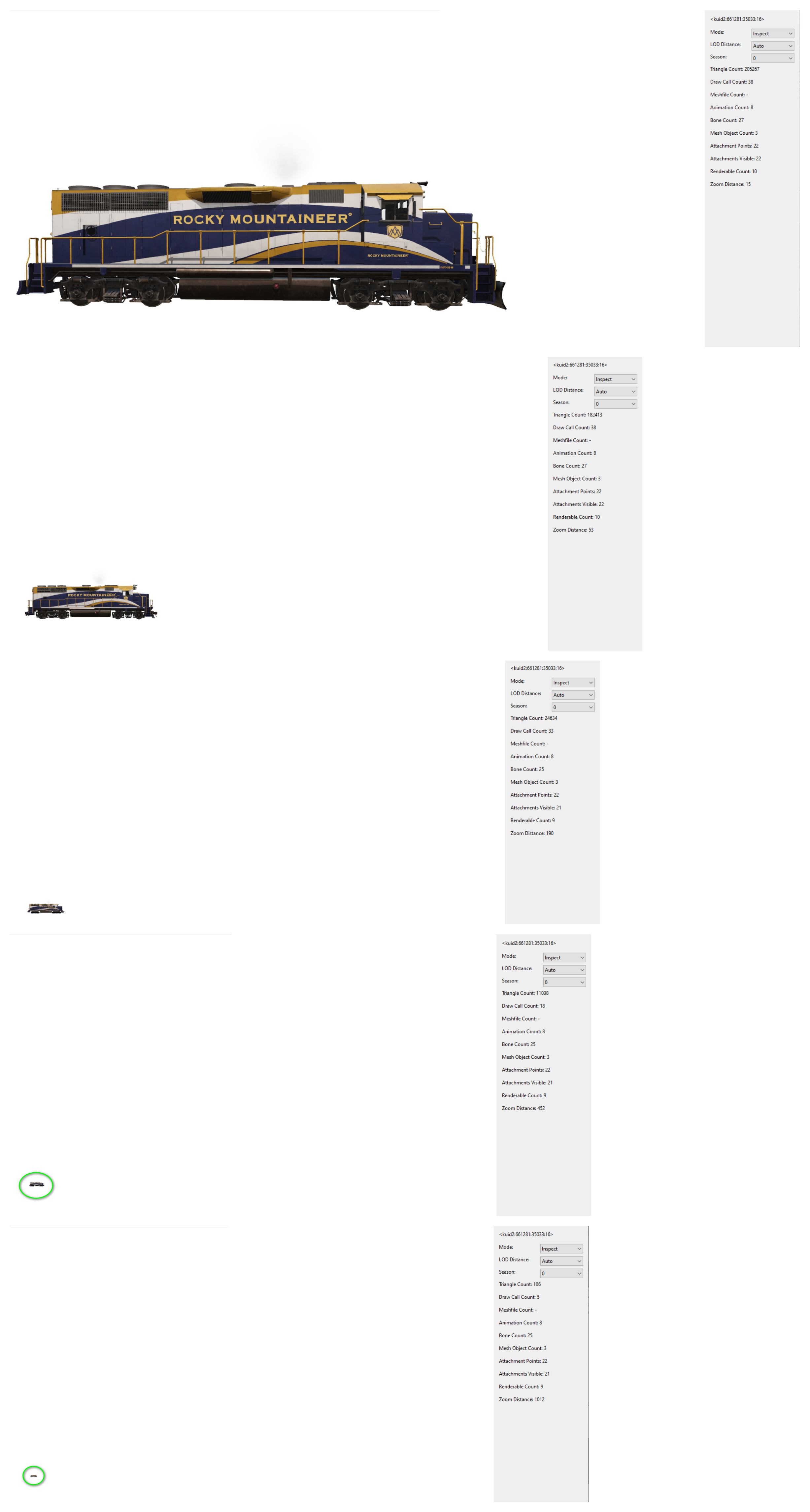The original low poly threshold cutoff of 500 polys was set over 20 years ago with the original Trainz, and it made sense at that time, given the graphics card capabilities of the day. It amazes me however, given all the graphics technology changes that have occurred since then, that we still are enforcing that 500 limit. When creating any new content item over 500 polys you will get an error message unless you cheat a little with certain lines in the config.txt file or some workarounds.
How in the age of TRS19 and PBR textures can N3V still insist on that limit? By todays 3d game and simulation standards that limit is ridiculously low! Even bottom of the barrel computer graphics chips can handle far in excess of that these days.
TRS19 is being marketed as the most graphically realistic Trainz to date. Realism however comes at a cost and means more polys in most cases. If you want realistic looking 3rd party content to match the marketing hype you really need to revise the threshold to at least ten times what you had 20 years ago (ie; low poly threshold set to 5000 polys). Even 5000 is low by todays 3D game and simulation standards, which often work at many times that level.
Bob
How in the age of TRS19 and PBR textures can N3V still insist on that limit? By todays 3d game and simulation standards that limit is ridiculously low! Even bottom of the barrel computer graphics chips can handle far in excess of that these days.
TRS19 is being marketed as the most graphically realistic Trainz to date. Realism however comes at a cost and means more polys in most cases. If you want realistic looking 3rd party content to match the marketing hype you really need to revise the threshold to at least ten times what you had 20 years ago (ie; low poly threshold set to 5000 polys). Even 5000 is low by todays 3D game and simulation standards, which often work at many times that level.
Bob

